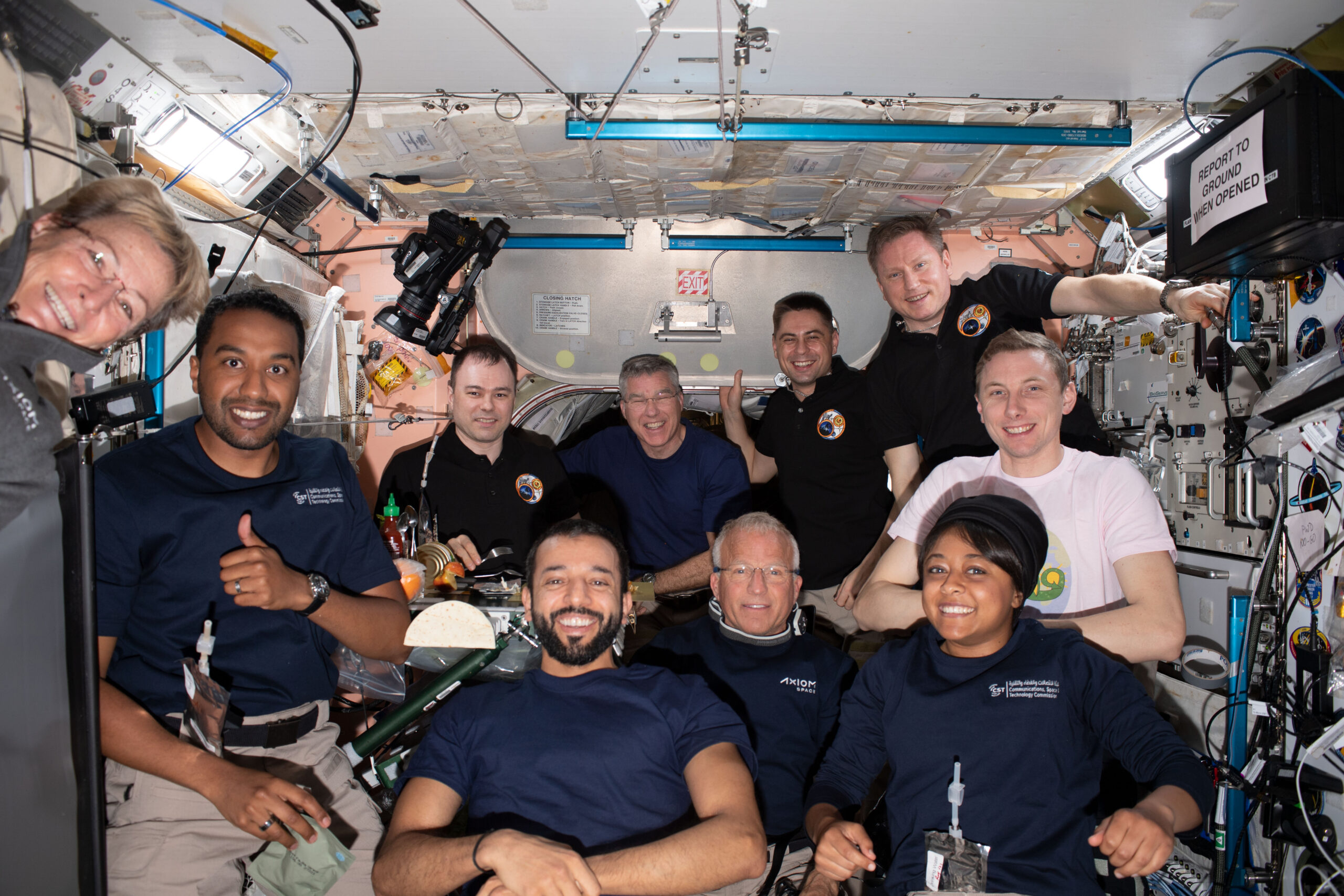
After more than a week in orbit, Dragon Freedom is targeting departure from the International Space Station (ISS) this morning, followed by splashdown off the Florida Coast late Tuesday night. Ax-2 Commander Peggy Whitson, Pilot John Shoffner and Saudi Arabia’s Ali Al-Qarni and Rayyanah Barnawi will undock from the sprawling complex around 11:05 a.m. EDT, after which their Crew Dragon ship will execute a trio of departure “burns” and later in the day a de-orbit burn to achieve a parachute-assisted return to the waters of the Gulf of Mexico around 11:02 p.m. EDT.
Launched from historic Pad 39A at Florida’s Kennedy Space Center (KSC) atop the brand-new B1080 Falcon 9 core at 5:37 p.m. EDT on 21 May, Ax-2 is the second all-private expedition to the ISS, flown on behalf of Houston, Texas-based AxiomSpace, Inc. And Whitson, a former NASA astronaut now serving as AxiomSpace’s director of human spaceflight, was the first woman to command a Commercial Crew mission.
Leading Ax-2, Whitson has extended her already stellar lead as America’s most seasoned astronaut and the world’s most experienced female space traveler and spacewalker. Before Ax-2’s launch, she had already amassed more than 665 cumulative days in space during three long-duration ISS increments—most recently in 2016-2017—and over 60 Extravehicular Activity (EVA) hours in ten career spacewalks.
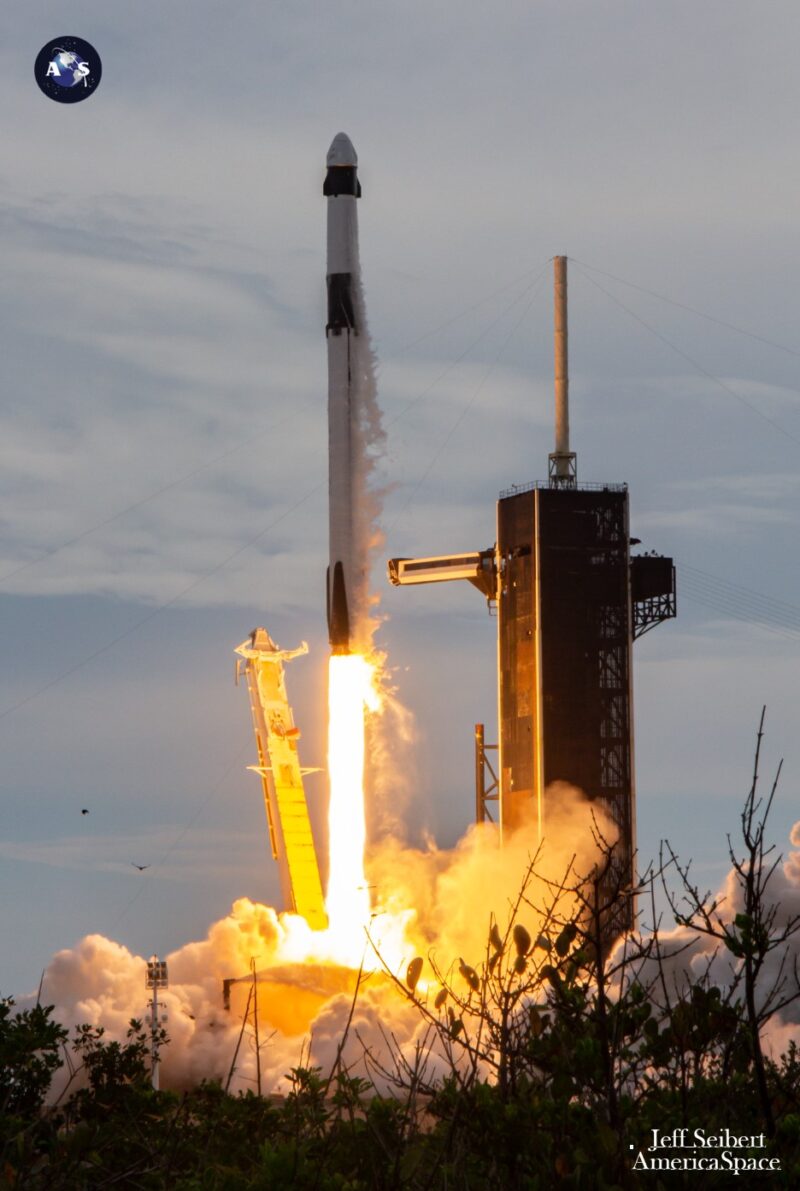
Added to that raft of accomplishments, Whitson was the first female chief of NASA’s Astronaut Corps, the first female space station commander and aged 63 at the time of Ax-2 has now broken her own record as the oldest woman to reach orbit. Assuming an on-time splashdown tonight, she will wrap up the fourth flight of her career with a new career total of over 675 days in space, just a couple of months shy of two full years of her life.
Joining her aboard Dragon Freedom were veteran airshow pilot, athlete and motorsports endurance racer Shoffner, plus Royal Saudi Air Force (RSAF) Capt. Ali Al-Qarni and biomedical research scientist Rayyanah Barnawi of Saudi Arabia. Barnawi became the first Saudi woman to fly into space, whilst Al-Qarni is the kingdom’s second male astronaut, following in the footsteps of Prince Sultan Salman Abdul Aziz Al-Saud, who flew on shuttle Discovery in June 1985.
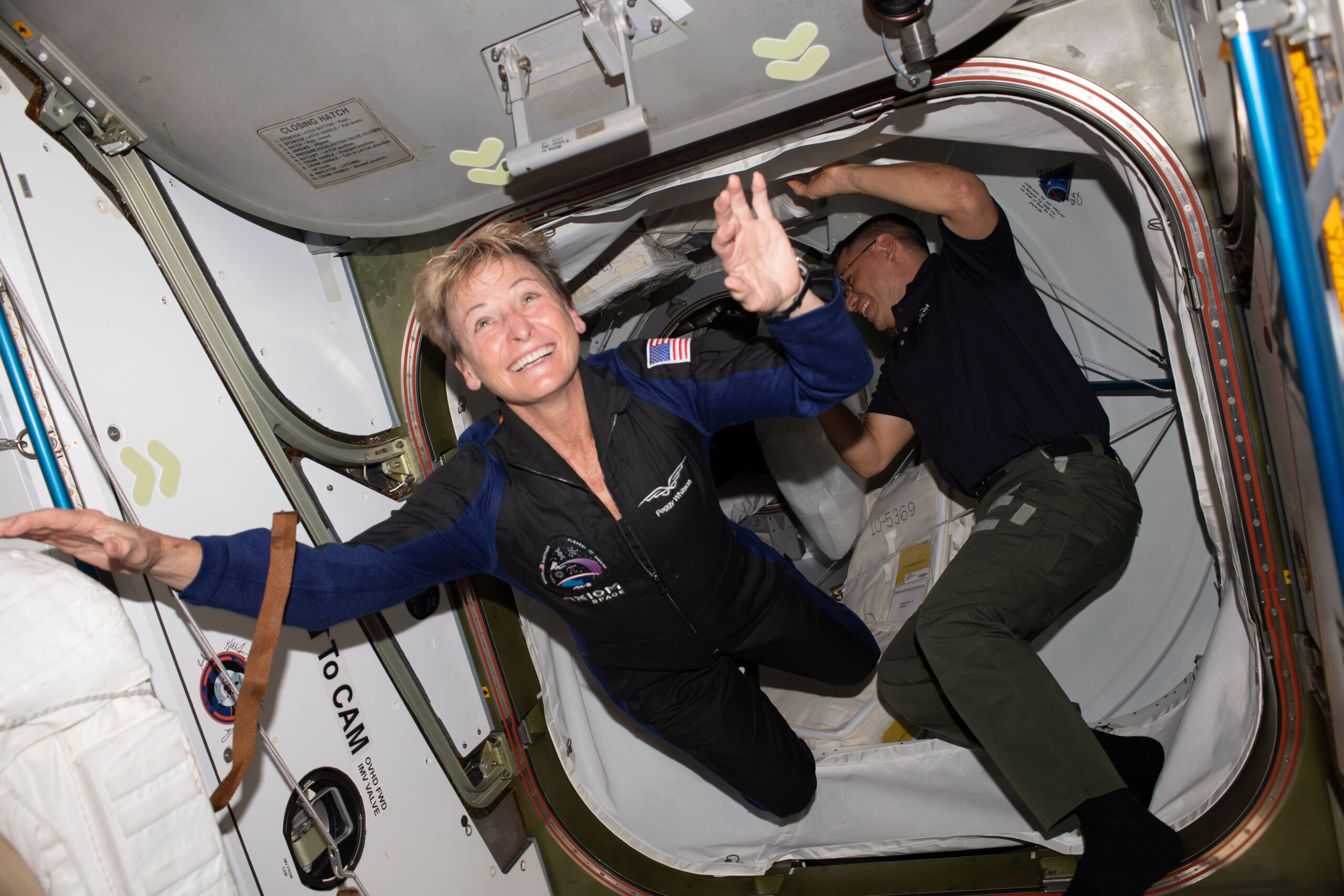
Following launch, Dragon Freedom—making her second flight, after supporting last year’s 170-day Crew-4 increment to the ISS—docked autonomously at the space-facing (or “zenith”) port of the station’s Harmony node at 9:12 a.m. EDT on 22 May. Also aboard the spacecraft and serving as the crew’s zero-gravity indicator was Gigi, a customized “Build-a-Bear” wearing the Axiom Extravehicular Mobility Unit (AxEMU) suit for future Artemis lunar missions.
Their arrival at the ISS just 15 hours and 35 minutes after liftoff set a record for the shortest launch-to-docking interval of any Crew Dragon vehicle so far. After pressurization and leak checks, hatches were opened at 11 a.m. EDT and the Ax-2 quartet were welcomed aboard by Expedition 69 Commander Sergei Prokopyev, his Russian crewmates Dmitri Petelin and Andrei Fedyayev, U.S. astronauts Frank Rubio Steve Bowen and Warren “Woody” Hoburg and Sultan Al-Neyadi of the United Arab Emirates (UAE). It was the first time that any Saudi national had visited the ISS and—with Al-Neyadi aboard—saw a record-breaking three Arab astronauts in space together.
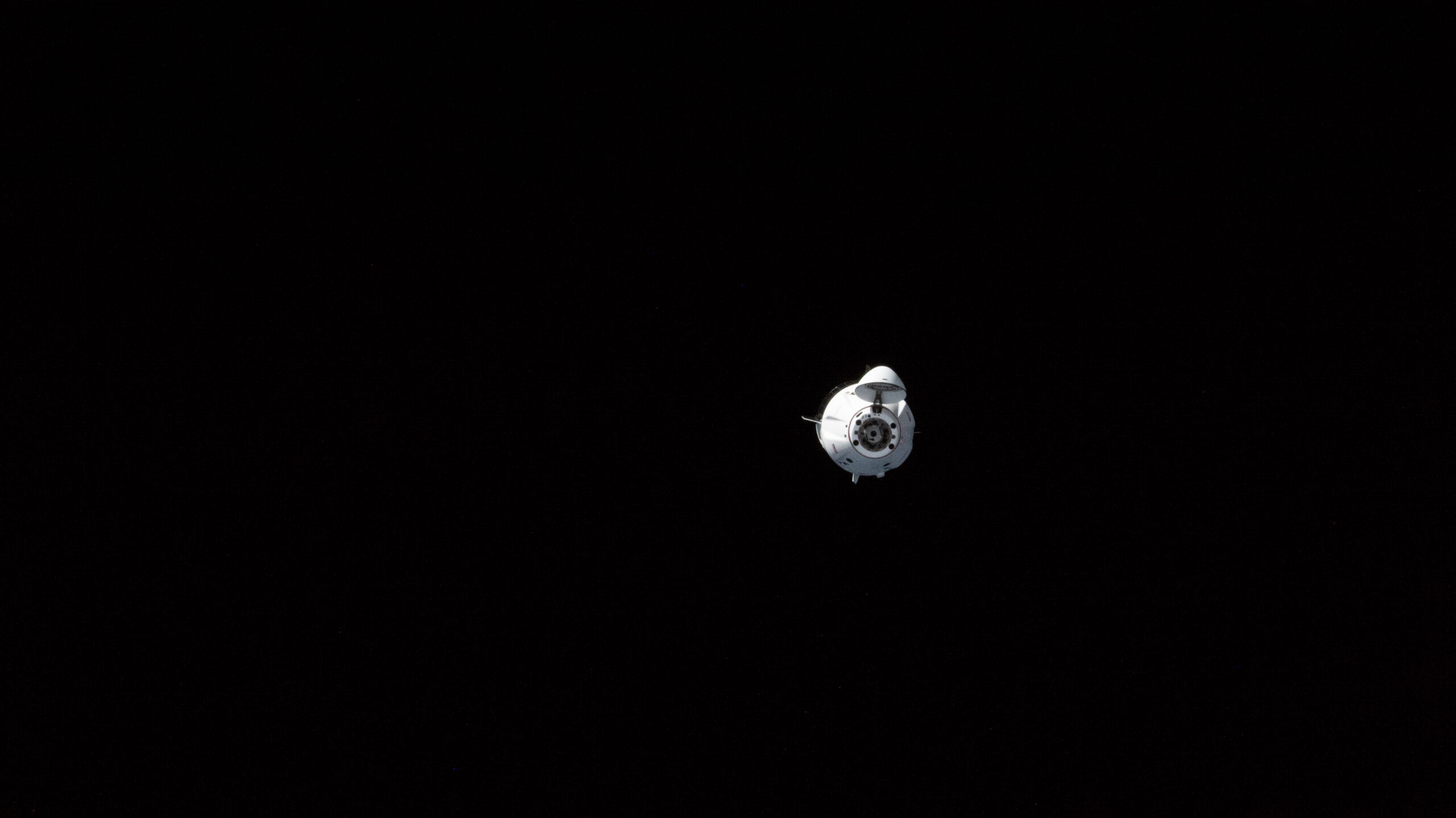
At a welcoming ceremony, Whitson remarked that “it really does feel like home” and proceeded to award Shoffner, Al-Qarni and Barnawi their official astronaut pins as the 598th, 599th and 600th humans to achieve orbit. “I’m going to live this experience to the max,” joked Barnawi upon receipt of her pin. And Expedition 69’s Rubio added that “it really feels like the International Space Station up here. This is gonna be an awesome week!”
Ahead of the Ax-2 crew lay a busy plate of more than 20 multidisciplinary experiments spanning life sciences, human research, physical sciences and technology. Additionally, the mission carried several Science, Technology, Engineering, Arts and Mathematics (STEAM) outreach investigations and Whitson’s crew were tasked to support about 130 hours of National Lab Science during their time aboard.
Early on 23 May, Al-Qarni and Barnawi worked to set up Liquid Fireworks, a STEAM payload funded by NanoRacks to explore fluid behavior in space. Barnawi also worked extensively with the station’s Life Sciences Glovebox (LSG) to perform the DNA Nano Thereapeutics experiment, which seeks to optimize the production and assembly of DNA-based nanomaterials for potential therapeutic uses including drug delivery, tissue engineering and regenerative medicine.
Barnawi also joined Al-Qarni to test three NanoRacks “space kites”, affixed to a fan inside the ISS, whose aerodynamic motions were carefully tracked. Al-Qarni set up a cloud-seeding experiment, jointly developed by NanoRacks and the Saudi Space Commission, to mix moist air with iodide crystals in a reaction chamber, part of efforts to develop weather-control technologies for future human settlements on the Moon and Mars.
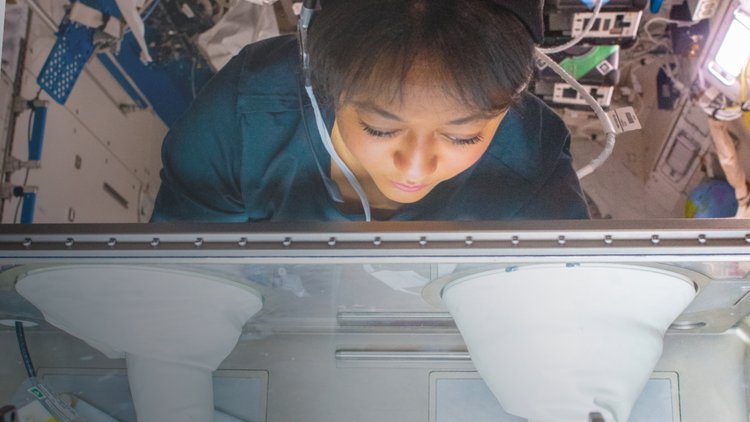
Elsewhere, Whitson and Shoffner partnered on the Stellar Stem Cells investigation to explore the effect of microgravity upon the growth of induced Pluripotent Stem Cells (iPSCs). Whitson also conducted the Cancer in Low-Earth Orbit experiment, which focuses on potential therapies for various colorectal and breast cancers. She later removed the tumor samples from the research incubator and placed them into the fluorescence microscope to acquire imaging data.
The entire crew worked on the Nebula Human Research study, measuring blood flow to their brains, as well as electrical activity, intracranial pressures and the changeability of the eye’s optic nerve. In one run of the experiment, Shoffner and Al-Qarni scanned each other’s eyes with the Ultrasound-2 device in Europe’s Columbus lab and wore a skull cap fitted with near-infrared sensors to scan oxygen levels in their brains.
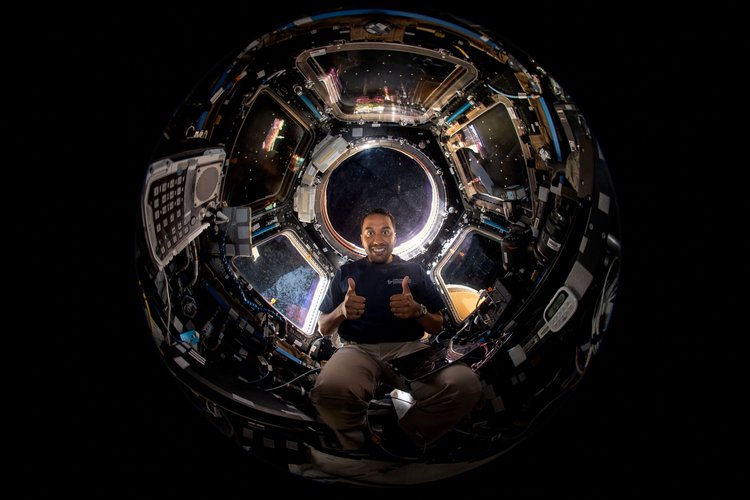
A particularly notable highlight in Ax-2’s payload haul was the Gravity Loading Countermeasure Skinsuit, worn inside the ISS to simulate several aspects of terrestrial gravity. The skinsuit was designed to help mitigate negative factors, such as spinal elongation, muscular atrophy and sensorimotor changes, which have been reported by astronauts upon their return to Earth.
Aside from the science and technology, the crew were deeply involved in a number of STEAM outreach events. They spoke via the Amateur Radio on the ISS (ARISS) hardware and in media teleconferences to students in Portugal, Ireland, the United States and Saudi Arabia. And Shoffner announced the final selectees of his International Space Art and Poetry Contest, showcasing a sample of 930 student entries from 26 sovereign nations, themed to the question “What would it look like if we lived in space?”
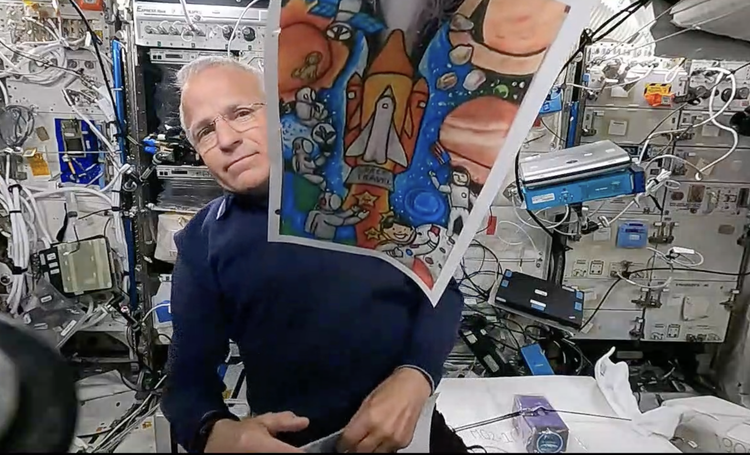
With AxiomSpace planning its own Axiom Station to be added to the ISS, beginning in the fall of 2025, Whitson conducted several activities to prepare for the arrival of the new suite of pressurized modules. Last Saturday, she set up AxiomSpace’s Stowage Tracking and Inventory Intelligent Video System (STIIVS) in the station’s multi-windowed cupola, which employs computerized vision to identify and track items for inventory management, stowage location tracking and associated analytics.
Yesterday (Monday), the Ax-2 and incumbent Expedition 69 crews gathered for a farewell ceremony. Prokopyev thanked the quartet for their “good company” and praised them for being “so charged for work”, then handed the microphone to Whitson.
Fighting back tears, Whitson lauded the Expedition 69 crew for being “so courteous” and pledged that “I will be back”. She then offered the mike to Al-Qarni, Shoffner and Barnawi for their comments. Shoffner joked that he had tested everyone’s patience on board “with my flying skills”, whilst an emotional Barnawi added that “Every story comes to an end”.
Current plans call for hatches between Dragon Freedom and the station to close at about 9:20 a.m. EDT Tuesday, with undocking targeted for 11:05 a.m. Three departure “burns” by the spacecraft will be performed at 11:10 a.m., 11:58 a.m. and 12:44 p.m. to achieve a separation distance between the pair.
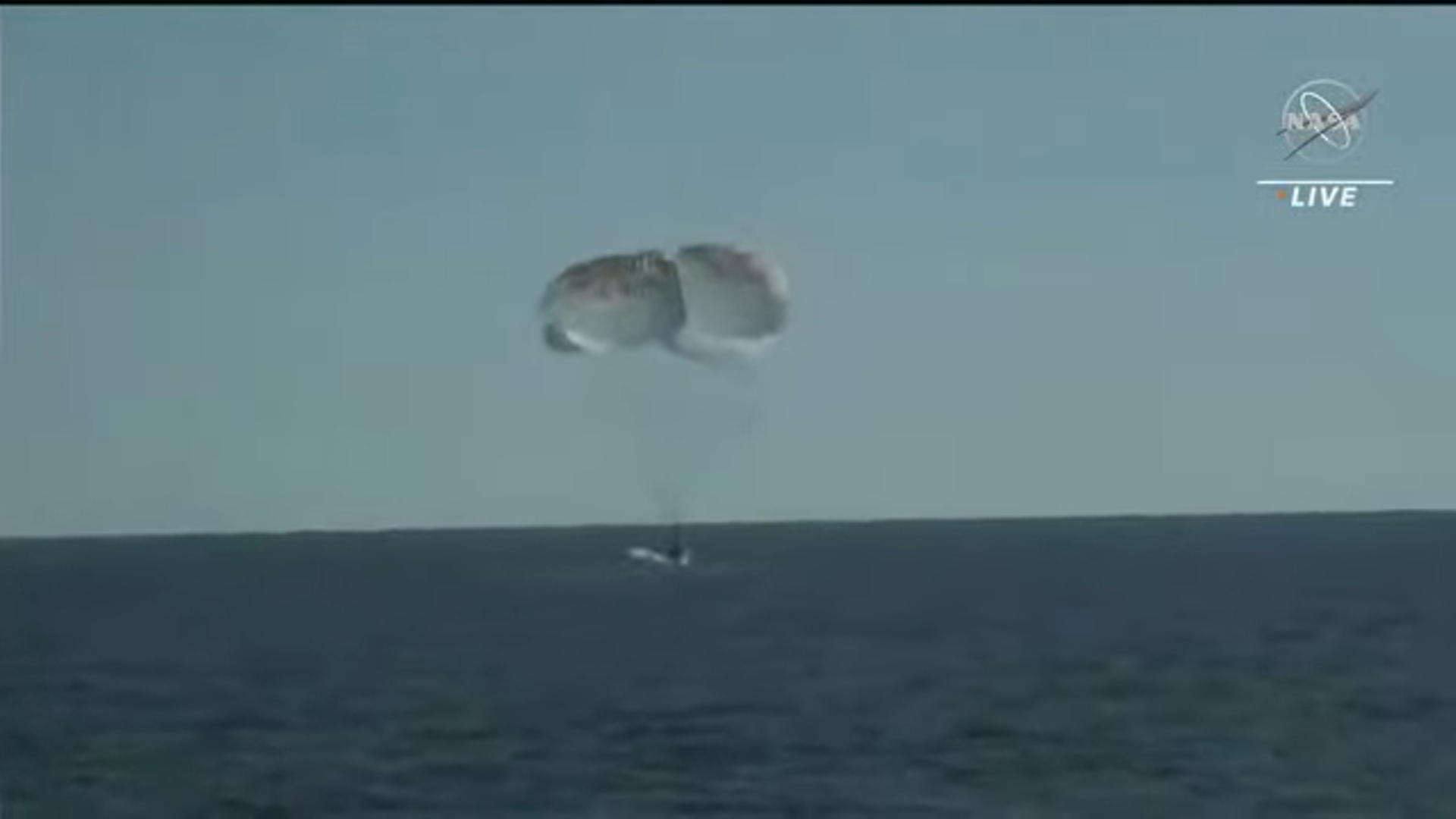
Tonight at 10:11 p.m., the unpressurized “trunk” will be jettisoned, followed three minutes later by the deorbit burn and closure of Dragon Freedom’s nose cone to commit Ax-2 to a fiery re-entry into Earth’s sensible atmosphere. Emerging from the worst of the heating, the spacecraft will deploy its drogue and main parachutes around 10:59 p.m. and splash down off the Florida Coast at 11:02 p.m., wrapping up a mission of just over nine days.




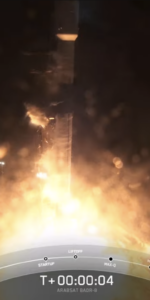
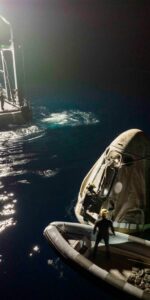
4 Comments
4 Pings & Trackbacks
Pingback:Dragon Freedom Splashes Down, Wraps Up Historic Ax-2 Mission - AmericaSpace
Pingback:SpaceX Watches Weather Ahead of Weekend CRS-28 Launch - Techy Brisk
Pingback:SpaceX Launches Euclid to Probe the “Dark” Universe - AmericaSpace
Pingback:SpaceX Completes Saturday Double-Header, Flies Under “Pristine” Space Coast Skies - SPACERFIT